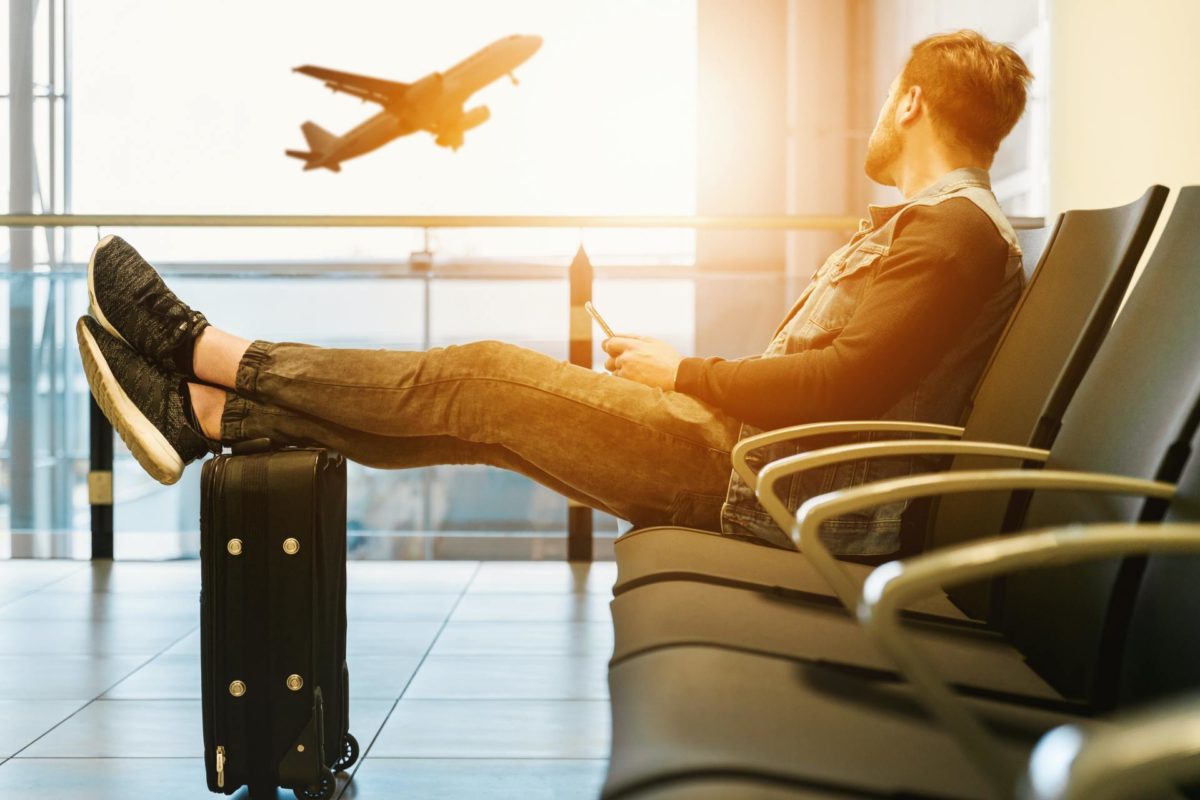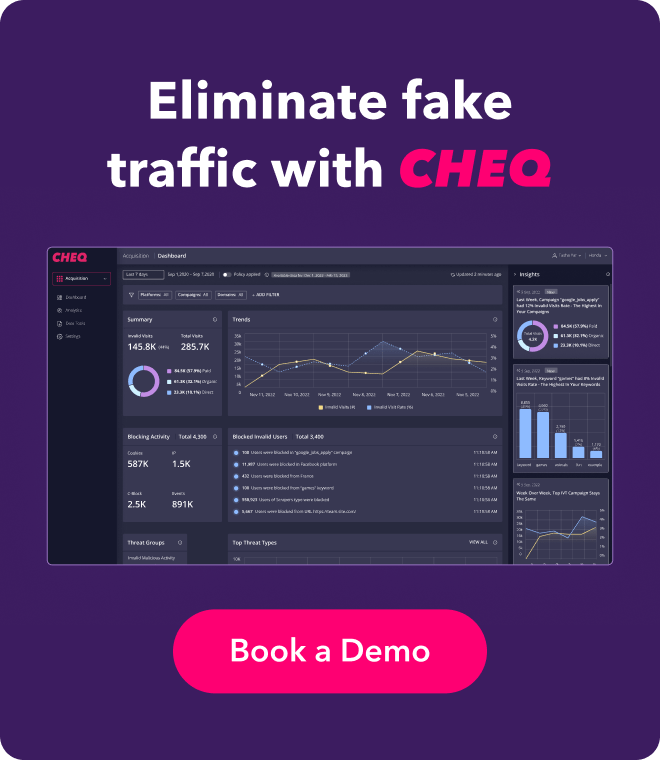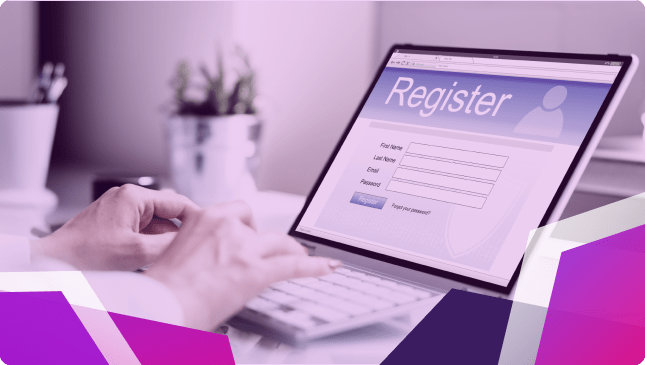7 Powerful Tips to Optimize your Online Travel Marketing
Deborah Kurfiss
|Marketing | May 21, 2020

Though online travel faced a long grounding with COVID-19, online marketers are keen to turn the taps back on a massive $33 billion spent each year on digital campaigns for travel and tourism. With a new reality for online travel marketing, Here are seven critical steps to optimize your online travel advertising campaigns post COVID-19.
1. Set Your Goals
Though this seems obvious, the first thing to do is to set the goals for your campaign. If you don’t set your goals, it is impossible to meet them. It’s surprising how many businesses jump right into launching marketing campaigns without first setting clear goals.
Do you want to increase your ROI, your conversions, your sales, or your traffic? Or maybe your goal for this campaign is to increase brand awareness with specific markets? Don’t just jump in because you think you should be running online marketing campaigns without first having clear reasons for doing so.
2. Determine your Budget and Media
Once you have set your goals, you are now in a position to determine what media you want to use to promote messages and set a budget. Ad networks have tools to help you determine your budget. However, once you begin, you can analyze what’s working and what isn’t and adjust your budget accordingly.
3. Tailor Your Message According to your Customer’s Journey
Unless you have the broadest type of consumer product (think Coca-Cola), the time is long gone when you can fire out old-fashioned shotgun blasts that scatter across the landscape. Online marketing today is about personalizing the journey for each customer, giving them the relevant information they need, and creating relationships.
Your travel customers are likely to interact with you several times before they commit. People are open to different messages depending on where they are in their marketing journey, whether they are just starting to research a trip, or they are ready to book their flight and hotel. Google calls the different stages people go through in planning their travel “moments” and suggests you keep these in mind when planning your online travel campaigns. They outline:
- Dreaming, “I want to get away” moments
- Planning moments
- Booking moments
- “Can’t wait to explore” moments. This is when the traveler is on their trip and is looking for additional activities or services.
Use today’s ad technology to present each member of your audience with messages that will resonate with them according to the stage of their journey. For example, in the beginning of a customer’s journey, you want to provide information to educate them and get them to envision the trip. The further along they are in their journey, the more you want to start actually selling.
4. Target your Audience by their Behaviors
Behavioral targeting, also called behavioral marketing, enables you to segment your travel audience according to their behaviors. This goes beyond demographics, because using ad technology to gather big data and analyze it, you can track analytics including where customers come from, what they click on, how long they view an item, what they leave in their carts, and where they go after they leave your site. A recent report from McKinsey and Company shows that “organizations that leverage customer behavioral insights outperform peers by 85 percent in sales growth and more than 25 percent in gross margin.”
With the help of artificial analysis of big data, you can not only look at individual behaviors, but you can segment your audience to determine what behaviors are related to others. Analyzing these relationships can suggest what products and services you should display to each segment. For example, a while ago, Orbitz research discovered that people who use Mac computers were spending 30% per night over what PC users were spending. They used this insight to show Mac users more upscale rooms when they accessed the website. Was Orbitz just giving people what they wanted, or was this unfair? Prices were the same for the same room, but the rooms displayed to users were different.
5. Remarket to your customers
Remarketing (also called “retargeting”) is a type of behavioral marketing that through the use of a simple bit of code planted invisibly on your site, enables you to show visitors to your site ads for your products and services as they travel throughout the Internet. Customers may be retargeted even as they change the devices, they use to access the Internet.
Have you ever visited a travel site and done a search on, say, hotels in the Napa wine country and then started to see Napa wine country hotel ads almost everywhere you go on the Internet? That’s remarketing. Dynamic remarketing even makes it possible to show people an ad for the exact product or service they viewed on your site.
You don’t have to remarket to all your site visitors. For example, you might only choose to remarket to those who abandoned shopping carts on your site, live in a particular area, or spent some designated amount of time browsing your site. Popular remarketing networks include Google Display Network, Microsoft Advertising, and Facebook.
6. Analyze and Track your Ads
In order to know if your campaign is successful or to tweak it to improve your ROI, of course you need to measure and analyze. For example, you may track clicks, CPM, bounce rate, cost-per-click, conversions, cost-per-conversion, the average cost per acquisition, conversion rate by channel, return on advertising spend (ROAS), and more.
7. Online Travel: Click Fraud: $2.7 billion losses
Many of these metrics are dependent on the accurate measurement of clicks. Unfortunately, click fraud and invalid clicks are a real danger that can skew your metrics and drive up your ad spend when you are paying per click or conversions. Those who perpetrate click fraud can set up programs that quickly click your ads without involvement. According to a recent study by the University of Baltimore Business School, the tourism and travel sector will lose $2.7 billion to click fraud in 2020. Only eCommerce is more affected by more fake clicks.
Those who want to drive up your clicks may have many motivations. They could be unethical competitors who use click farms, malicious criminals’ intent on causing you harm, web crawlers, or even the owner of a site where a network places your ad. The miseries caused by fraudulent clicks include
- Inaccurate metrics
- Segmenting your audience and building a look-alike audience based on inaccurate data
- Increased ad spend (wasted ad spend)
- CRM infiltration. Fake users may end up in your customer management system
Google and other ad networks are aware of this issue and try to track fraudulent and inaccurate clicks. However, they only detect a fraction of clicks. What can you do? Be proactive and protect yourself. CHEQ offers you award-winning cybersecurity solutions that ensure you only pay for ads viewed and clicked by authentic human users.
CHEQ has launched the first cyber-driven platform for the elimination of fraudulent and invalid clicks across all PPC and paid social platforms. CHEQ for PPC is the first solution to block invalid clicks across Google, Facebook, Amazon, Baidu, Bing, Facebook, LinkedIn, Snap, Twitter, Pinterest, Yahoo, Yandex, and others. Before this, fraud solutions focused on Google, and even protection in the Google Network was inadequate and outdated. Instead of only using IP blacklists to detect click fraud, Cheq PC uses over 700 cybersecurity parameters and machine learning to ensure the accuracy of your clicks in real-time.
By following these seven critical steps you will make sure that your online travel advertising campaigns are flying higher than your competitors rather than left grounded before takeoff.













